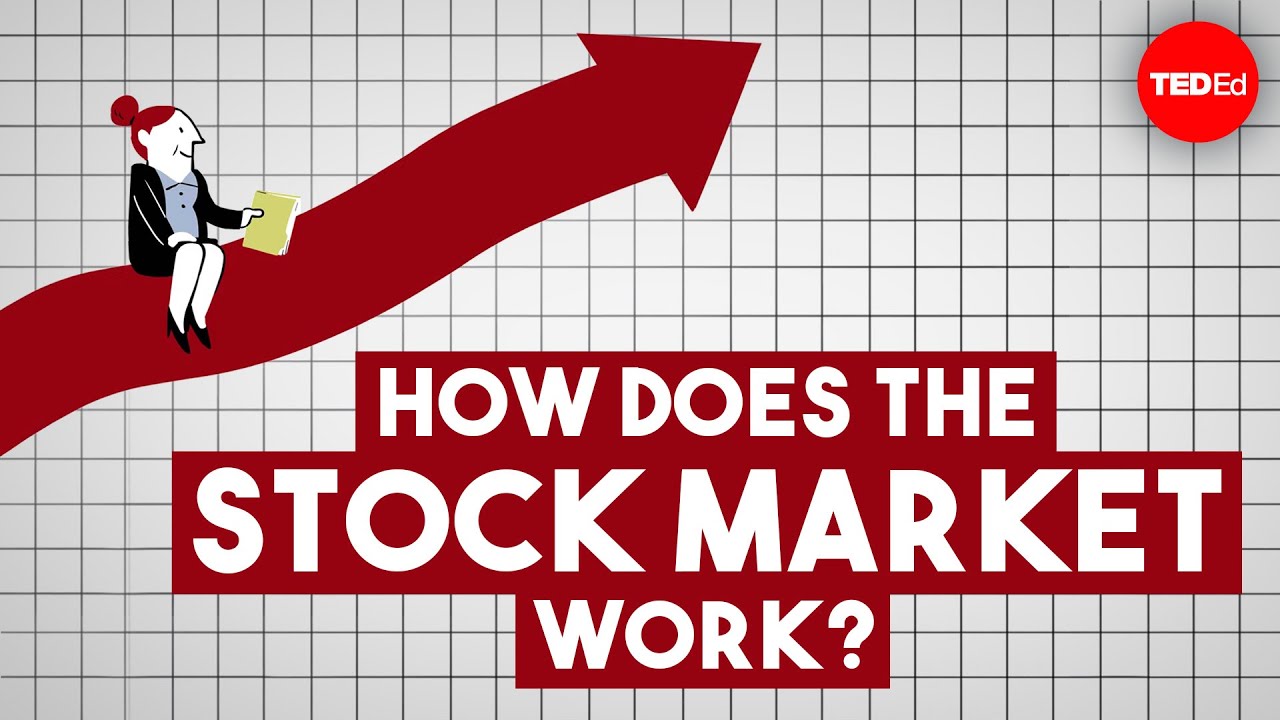Buying stocks is a form of investment that gives you a share of ownership in a publicly-traded company.
The Meaning of Stocks, Along with an Example
The purchase of stocks denotes the ownership stake in a publicly-traded company. When you purchase stock in a company, you automatically become a part-owner of that business. For example, if a company were to have 100,000 shares and you buy 1,000 of them, then you own one percent of the company. Another way to look at it is this: When you own stocks in a company, you have voting rights as a shareholder and the ability to profit more from the growth of the company. Shares and equity are two other names for the same thing.Key Takeaways
- The stock represents the ownership stake in a company.
- A rise in a stock's share price and the receipt of dividend payments are the two primary avenues to financial gain from ownership of that stock.
- One way to classify stocks is according to their sector, value, or valuation.
Stock Markets –– How Do They Work?
Businesses often sell shares of stock in order to raise additional capital, which can then be used to expand the company, introduce new products, or pay off existing debt. The "initial public offering" refers to the very first time a company makes its stocks available to the general public (IPO). After the initial public offering (IPO), shareholders will be able to resell their shares on the stock market, which is a marketplace where prices are determined by supply and demand. The price will go down when there is a greater quantity of stock available for purchase. The price of a stock will go up proportionally to the number of people who buy it. A company's anticipation of future earnings or profits is the primary motivation for stock purchases and sales. Traders will bid up the price of a company's stock if they believe the company's earnings are already high or will continue to rise in the future. The sale of shares at a higher price than the one at which an individual originally purchased them is one way for shareholders to generate a return on their investment in the company. When you sell your investment, you risk losing some or all of it if the company you have invested in does poorly and its shares decline in value. The term "capital gains" refers to the revenue earned from the sale of an investment such as a stock. Another method by which shareholders can profit is through the receipt of dividends. These are payments that are made on a quarterly basis and are calculated on a per-share basis out of a company's earnings. It is a way to reward stockholders, who are the actual owners of the company, for investing, as well as a way to share earnings with stockholders. Companies that are profitable but do not experience exponential growth for one of the following reasons are especially well-suited to pay dividends:- Being in a stage of the company's lifecycle that one can describe as mature or stable
- The sector of the economy in which they are active (for instance, utilities versus technology)
Stocks –– The Two Main Categories
The most common kinds of stocks are called common and preferred, respectively.Common Stocks
Both the Dow Jones Industrial Average and the S&P 500 are used to monitor the performance of common stocks. When they are traded can have a significant impact on their values. Owners of common stock have the right to vote on important issues affecting a corporation, including the election of directors, mergers and acquisitions, and takeovers. However, if a company declares bankruptcy and liquidates its assets, the owners of common stock will receive the least amount of money from the sale of the company's assets. This is because common stock owners are paid out after bondholders and preferred stockholders.Preferred Stock
Preferred stocks are another form of ownership in a company; however, they do not confer voting rights on their holders. As a result of the fixed nature of the dividend payments, holders are aware of the actual rate of return that can be anticipated on dividends. There is the potential to convert preferred stocks into another type of ownership.Stocks –– The Other Types
There are additional ways to classify stocks and the fundamental categories that have been discussed.Stock Industry Sectors
The various organizational structures accommodate the various requirements of shareholders. You can also divide stocks into different categories according to the characteristics of the companies that issued them. The following types of stocks can be categorized according to their industry sector:- Companies that extract natural resources are called basic material companies.
- Conglomerates are multinational corporations that operate in multiple industries.
- Companies that provide goods for retail sale to the general public are considered to be providers of consumer goods.
- Banks, insurance companies, and real estate businesses are included in the financial sector.
- The healthcare sector includes health insurance providers, manufacturers and distributors of medical equipment, and pharmaceutical companies.
- Manufacturing companies produce industrial goods.
- Services are provided by businesses that ensure customers receive their purchases.
- In the realm of technology, we have computers and software.
- Companies that provide essential services, such as water, gas, and electricity, are in the utilities industry.


